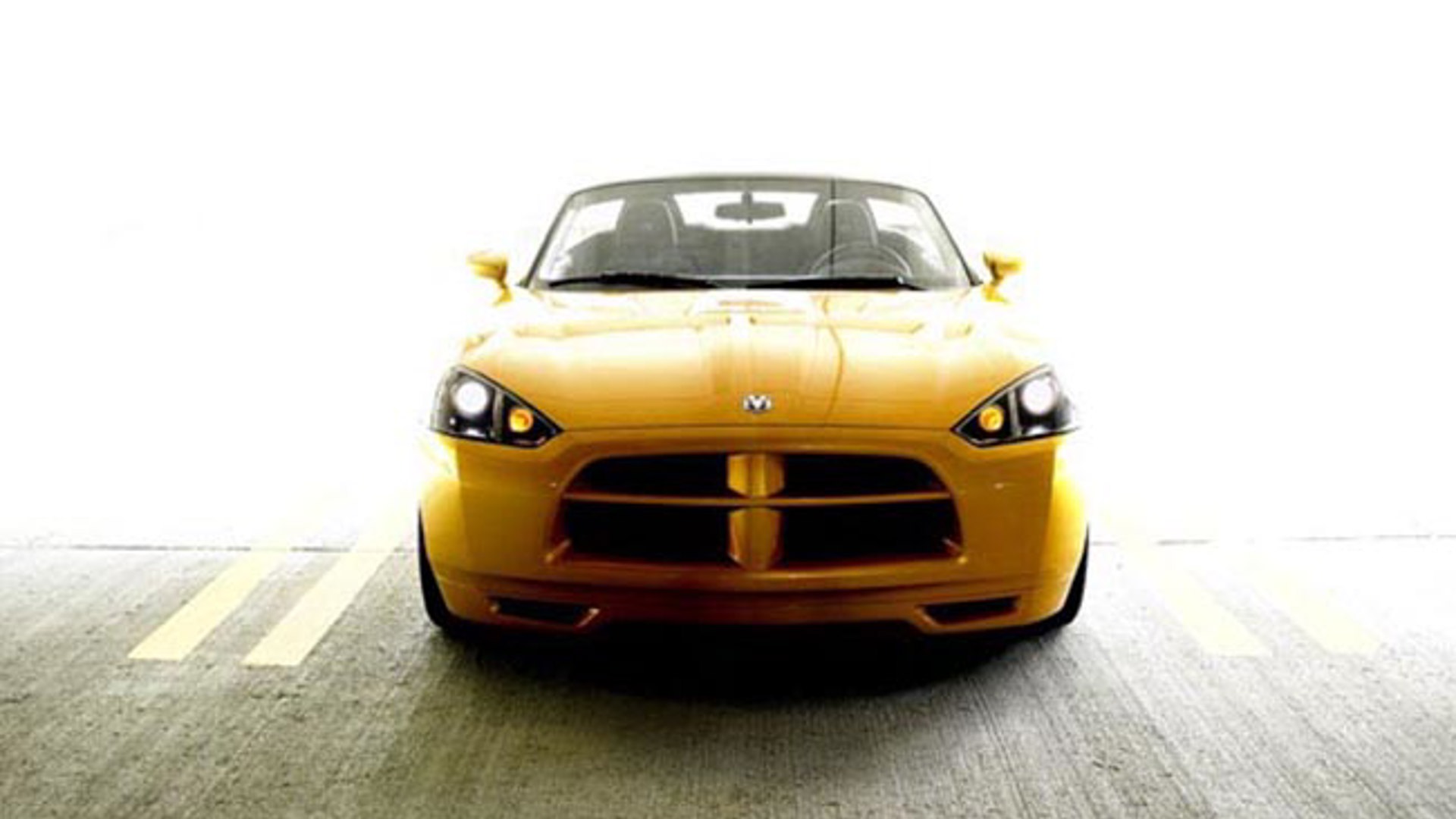Most concept cars aren't ever intended to see the inside of a showroom. Instead, their influence can be felt on future models in terms of styling direction and technological implementation. In some cases, public reaction to a concept car's unveiling has been so strong - as with the Dodge RT/10 Roadster (Viper) and the Volkswagen Concept One (New Beetle) – that production is fast-tracked, but most of these models will languish out of sight in a corporate warehouse after they’ve done their tour of the show car circuit.
Naturally, over decades of automotive design and auto shows, a number of concept cars that should have made it into the hands of drivers were overlooked for one reason or another. Check out this list of 10 concept cars that we think should have been built – and why they deserved to be given a chance on the market.
Chevrolet AeroVette
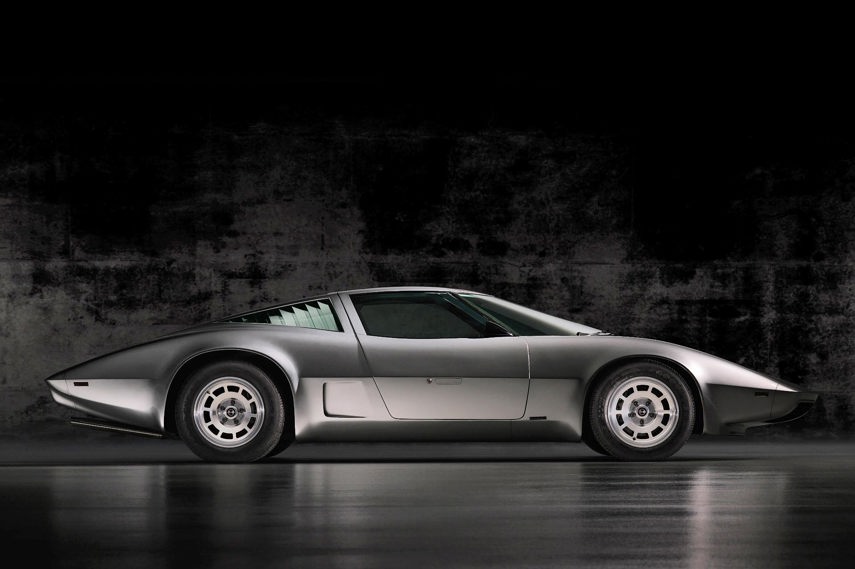
Let’s face it: due to a combination of crippling environmental regulations and corporate malaise, the Chevrolet Corvette was irrelevant for much of the late 70s and almost all of the 80s – at least when evaluated as a legitimate performance car. It didn’t have to be that way, however. In 1969, at the behest of Zora Arkus-Duntov, the Father of the Vette, General Motors commissioned the XP-882, a mid-engine sports car study that showed the way towards a more exotic future for Chevy's halo sports car. Alternately coddled and cancelled by John DeLorean, general manager of Chevrolet during the period, two later evolutions of the car – the XP-895 and XP-897GT – even featured rotary engines.
The AeroVette would never even sniff at production, but imagine if it had. Chevrolet would have had a top-tier model that could compete with the Italians 30 years before the Z06 and ZR1 made it so and wiped out two generations of detuned, disco-inspired mediocrity. As it was, all the concept managed to do was spawn an endless succession of rumours that this is the year we'll finally see a Corvette with a relocated engine.
Ford GR-1
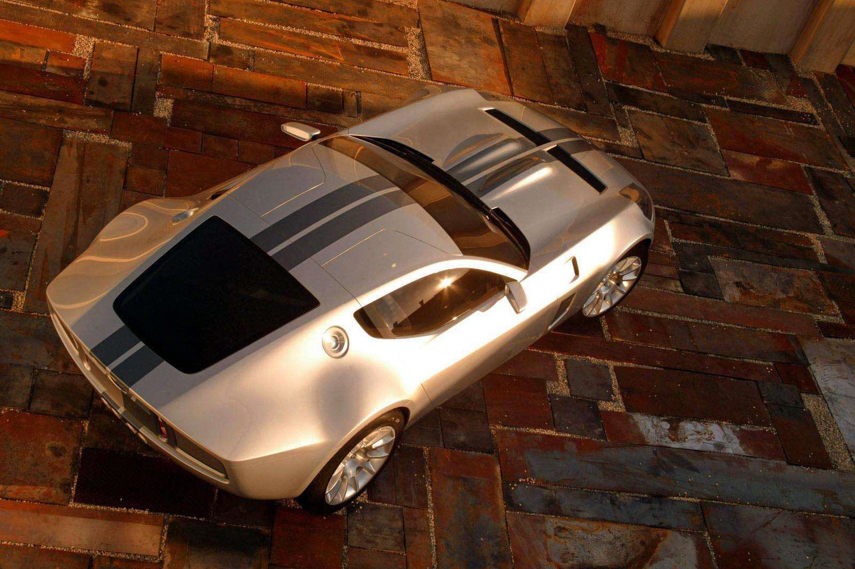
The Ford GR-1 walks the line between concept car and missed opportunity. The initial success of the Ford GT supercar apparently caught the Blue Oval by surprise: the project hadn't taken into account the moving target of modern safety regulations, which meant after a two-year run the GT was no longer legal for sale in the U.S. without significant modification. Demand at first exceeded supply for this expensive-to-build retro coupe, then dwindled down to nothing, and a replacement rather than an evolution was brought to the table.
The Ford GR-1 rode into the 2005 auto show season on a Shelby roadster chassis, with Carroll and co. also providing its 605-hp V10 engine. In theory, the GR-1 would have had to be massaged to make it past NHTSA passenger protection regs – particularly its roof structure - but expensive aluminum construction tanked enthusiasm for the car. The end result: a 10-year gap between the original GT's demise and the appearance of an all-new GT that Ford has guaranteed will make it into dealers, representing a decade where Ford was out of the high-performance game on the world stage.
Cadillac Ciel
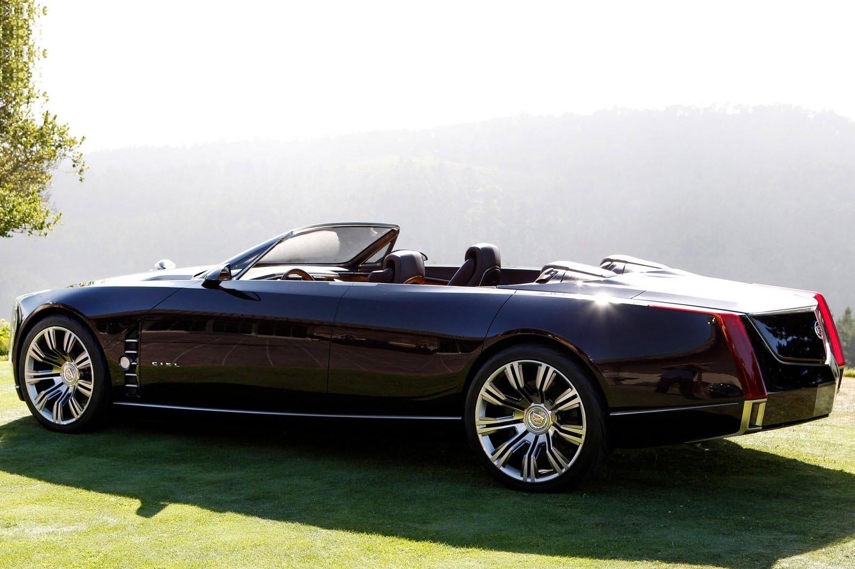
For years fans, enthusiasts, and market analysts have been clamouring for a full-size Cadillac that could reclaim the brand's now-faded iron grip on the pinnacle of the premium mountain. The Cadillac Ciel is a recent addition to this list, as it debuted with great fanfare at the Pebble Beach Concours d'Elegance in 2011. That just makes its absence from the luxury automaker's lineup that much more tragic.
More on autoTRADER.ca: 25 Greatest Concept Cars of All Time
Some would point to the Ciel's lack of a roof as making it an impractical build-it-and-they-will-come champion. However, the four-door design of this gorgeous concept would easily see it transition into the sedan that Cadillac needs at this particular price point. The car's stunning looks and awesome road presence have been all but ignored by the company's planners, which continue to speak about a flagship sedan in terms that perpetually place it just a few years away.
Aston Martin Bulldog
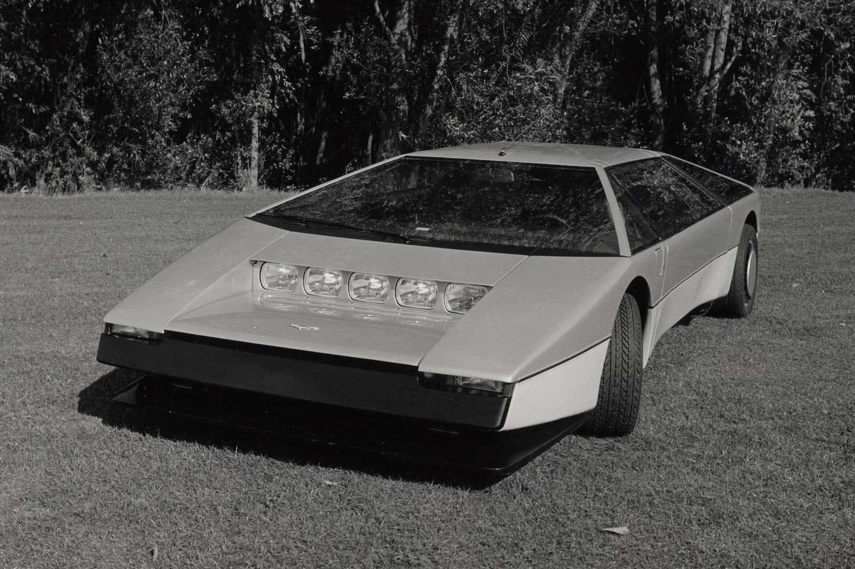
The Aston Martin Bulldog's wedge-shape instantly dates it as a product of the late 1970s – 1979, in fact – but that's where the automaker's history and styling trends of the day dramatically diverge. Sure, we got the weird and angular four-door Lagonda from 1974 to 1990, but Aston Martin's sports car lineup remained determinedly stuck in the past, mining muscle car and James Bond tropes for the DB and Vantage series of vehicles while the rest of the world was experimenting with edges so sharp you could cut yourself on a fender line. Forget the car's 600-hp twin-turbo V8: it’s the design that makes it so important to what could have been for the company. When the ‘70s rolled into the ‘80s it turned out that Lotus (with the Esprit), not Aston Martin, had captured the zeitgeist.
Pontiac Banshee I

The idea that the Corvette must be protected at all costs has seen many a promising performance car sacked by GM management. The Pontiac Banshee I is the first, and perhaps saddest, example of this myopic market view. Looking at the Banshee I concept it's clear to see future styling trends for both the Vette and the Opel GT, so all was not lost when the coupe was binned before production. However, the chance to build a second, European-flavoured sports car under the Pontiac banner (and thus go after a segment that the Corvette was about to abandon in favour of muscular excess) could have given Pontiac the individual identity it needed to make it to the ‘80s as more than the platform-sharing ghost it became.
More on autoTRADER.ca: Best Anniversary and Special Editions
Ford Bronco
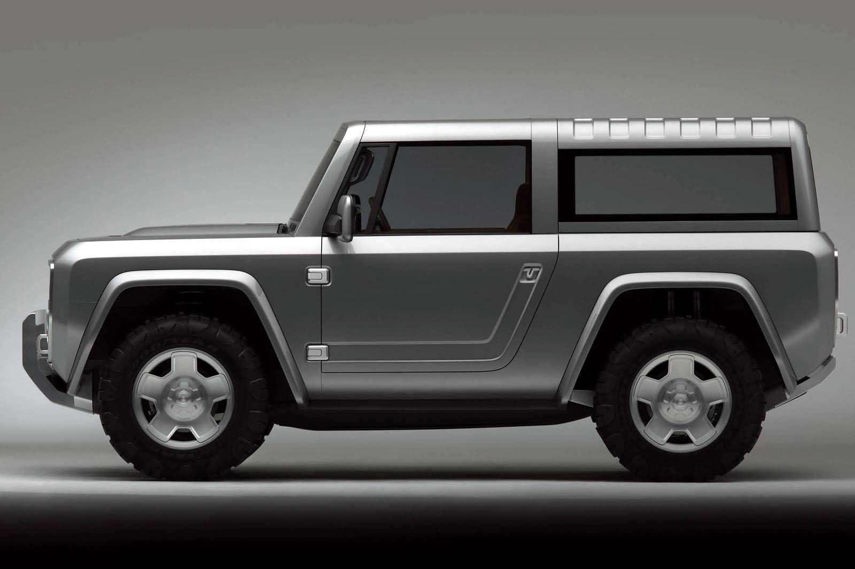
In 2004 the North American International Auto Show saw the return of what had once been an icon, and is now sadly only an ICON: the Ford Bronco concept. The Bronco concept revived the rugged SUV that had been almost 10 years dead at the time, and it offered a chunky, box-like design that was reminiscent of the original ‘60s model as well as more modern Land Rover fare (such as the Defender). Offering turbodiesel power and four-wheel drive, the new Bronco would have sat alongside – or potentially replaced – the compact Escape. It never happened, however, with Ford ceding the affordable off-road market exclusively to Jeep, Toyota, and Nissan until the development of the SVT Raptor five years later.
Dodge Demon
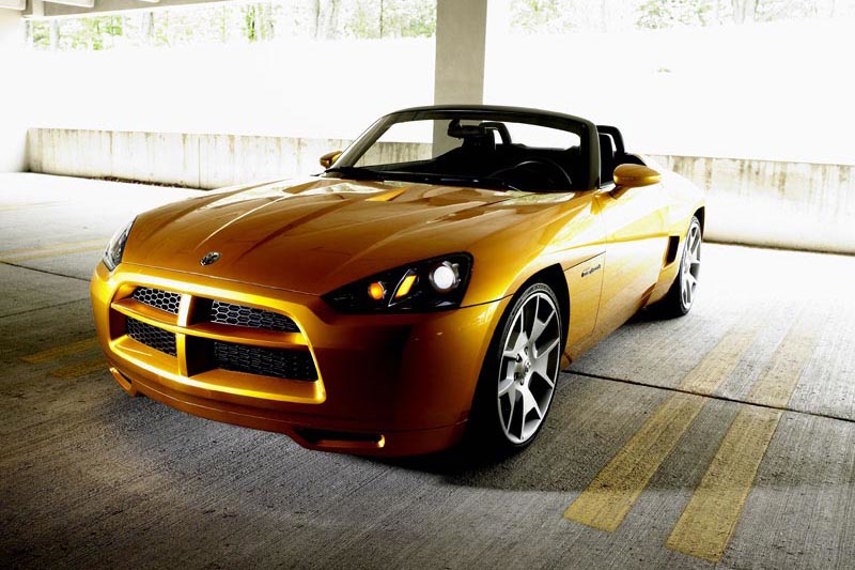
The automotive landscape is littered with the rotting corpses of companies that have tried, and failed, to break Mazda’s stranglehold on the small roadster segment that the Miata (MX-5) has enjoyed since 1989. The Dodge Demon was a domestic salvo from the minds at Chrysler looking to leverage their four-cylinder expertise in a rear-wheel-drive platform that was unlike anything else in the company pipeline in 2007. Borrowing Viper styling, and offering just over 170 horsepower, the Demon fit the template for roadsters of the day (which included the Pontiac Solstice, Saturn Sky, and Honda S2000), with the presumption that a turbocharged hi-po version would have eventually hit the streets, too.
Although the concept rode on a chassis lifted from the Chrysler Crossfire - which in turn was borrowed from the Mercedes-Benz SLK-Class – the break-up of the Mercedes-Benz and Chrysler Group 'merger of equals' left the Dodge Demon without a business case. There was simply no way to justify the development of a bespoke platform for what would presumably be a low-volume vehicle. As a result, Dodge continued forward without an appealing compact car in its line-up until the emergence of the Dart in 2013.
Jeep Gladiator
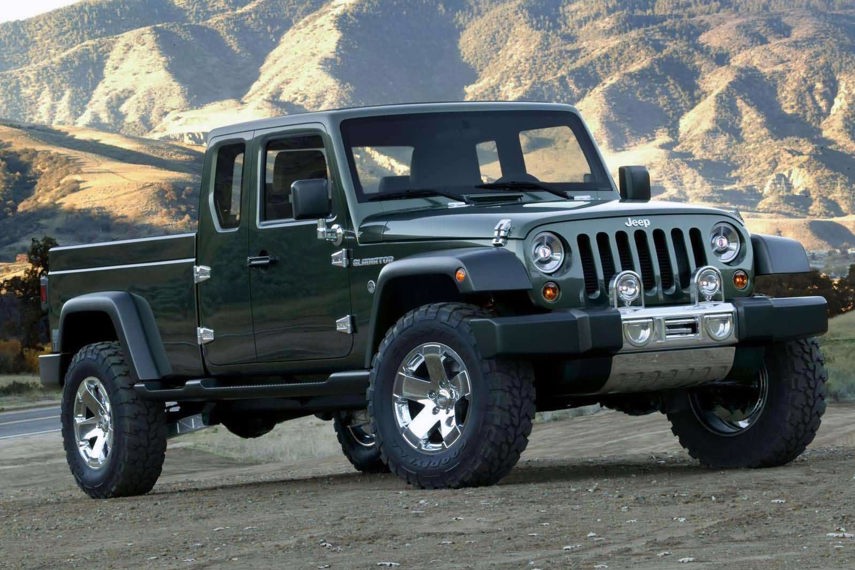
Two words: Jeep pickup. The Gladiator name had been used on and off by Jeep on open-bed trucks from the 60s all the way to 1988, but the off-road brand missed out on the explosion in full-size pickup popularity when it discontinued the model in favour of the smaller Comanche. Even the latter was long-dead when the Jeep Gladiator was displayed at auto shows in 2005, a mid-size model that combined the all-terrain prowess of the Wrangler with the utility of a pickup.
More on autoTRADER.ca: Greatest Jeep Moab Easter Safari Concepts Through the Years
Although the Gladiator would go on to inspire the Wrangler JK8 pickup conversion kit offered by Mopar, a factory truck continues to elude Jeep product planners to this day. This is despite a built-in audience for the model, which also included a 'midgate' design that expanded the cargo area into the cabin for over-long items that didn't fit in its six-foot, one-inch cargo bed.
Jaguar XJ Spider by Pininfarina
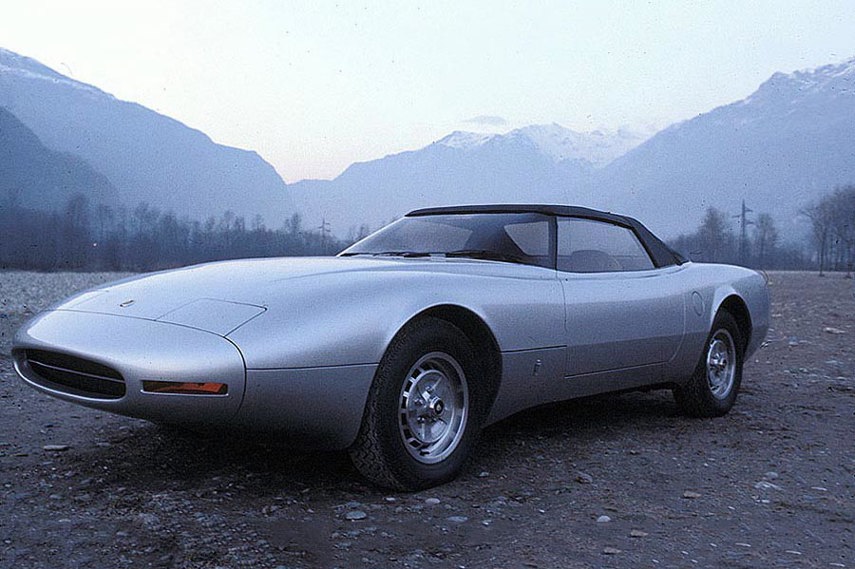
Speaking of British automakers who missed the boat on an entire era of styling… It's not so much that Jaguar misjudged cultural currents when it replaced the E-type with the XJ-S in the 1970s, but more the fact that the company walked away from anything sportier than its rather-large GT two-door until the 1990s that highlighted spiritual and budgetary turmoil in its product-planning department.
Three years after the XJ-S arrived on the scene, Jaguar was given a chance for a do-over, or at the very least the opportunity to add a more distinctively sporty model to its family of luxury cars. The Jaguar XJ Spider by Pininfarina took the British Motor Show by storm in 1978 with its forward-looking, lower and wider aerodynamic bodywork and modest-seeming footprint (even though it was built on an XJ-S development chassis). A 12-cylinder engine under the hood guaranteed speed for the Spider.
The Pininfarina car lead to the F-Type program kick-off in 1980, but ultimately Jaguar never got around to building a finished street version, which meant that the automaker sat on the sidelines of the sports car game for nearly two decades. The prototypes inspired by the XJ Spider would eventually be co-opted by Aston Martin in the development of the DB7 many years later in an unusual instance of FoMoCo corporate synergy.
Lincoln MK 9 / Lincoln Continental Concept
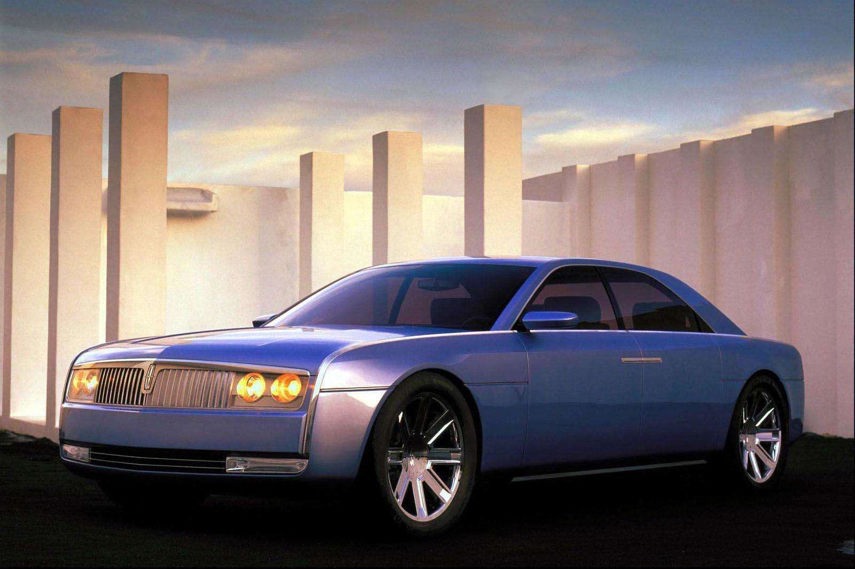
Lincoln has floundered without an identity since the 1990s, when SUVs killed personal luxury dead and recognizable models like the Mark VIII coupe gave way to badge-.engineered boredom. The worst part? Lincoln was handed two distinct lifelines in 2001 (the Lincoln MK 9 coupe) and 2002 (the Lincoln Continental concept), but ignored them both.
The two full-size concepts represented different takes on Lincoln's slab-sided heritage, as retro-themed designs were all the rage at the dawn of the new millennium. The Continental even featured suicide doors, a nod back to the ‘60s-era version of the nameplate. Unfortunately for Lincoln, corporate inertia at Ford would see both of these vehicles passed over in the face of soul-crushing platform sharing and indifferent vehicle development that would eventually see Lincoln cede the majority of its domestic market share to a revitalized Cadillac. Rubbing salt in the wounds were vehicles like the Chrysler 300 and Rolls-Royce ultra-luxury cars that borrowed distinctive cues from the Lincoln concepts and proved their successful acceptance by the public.
